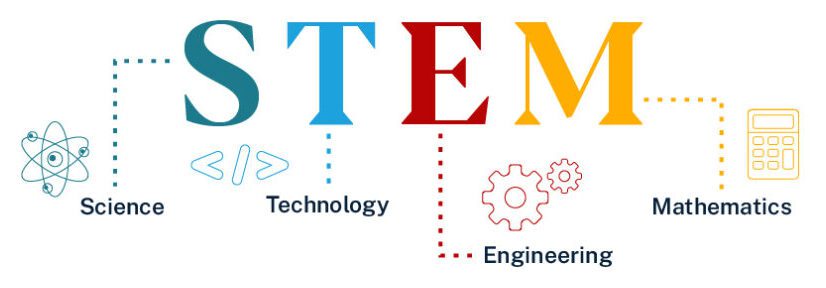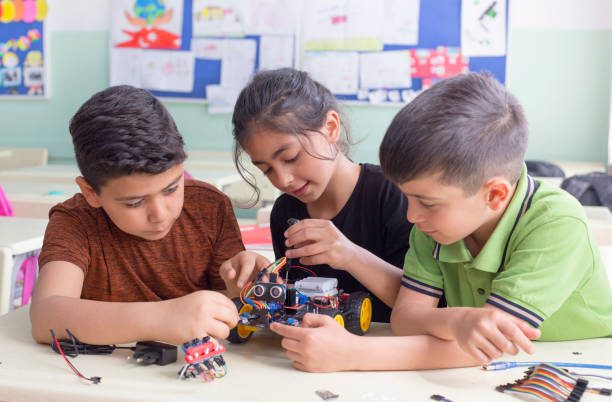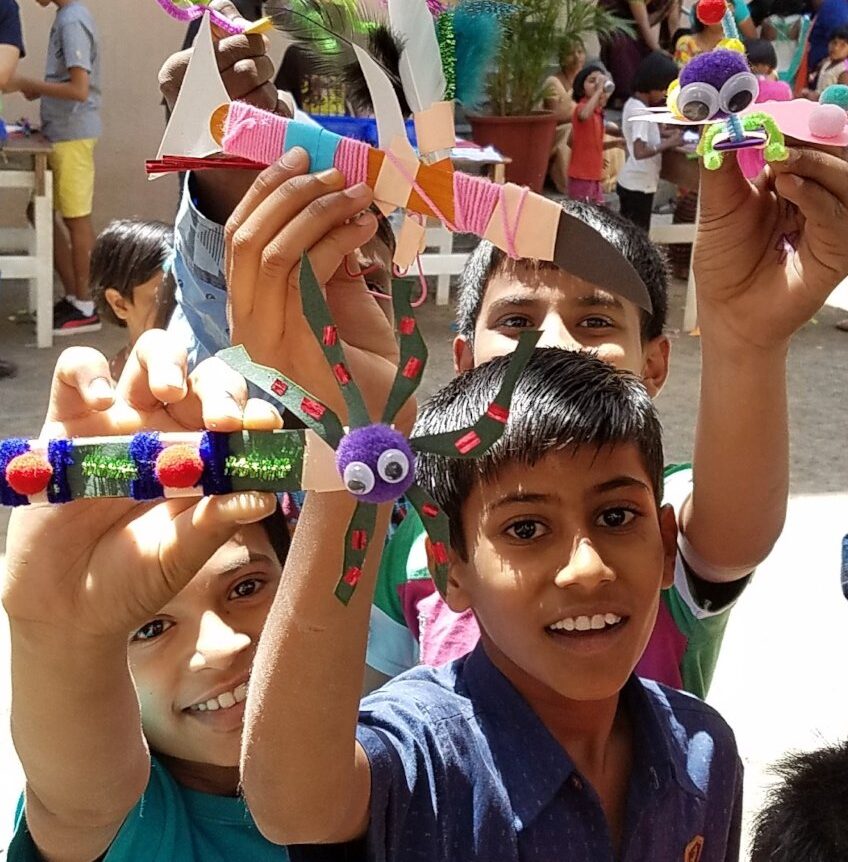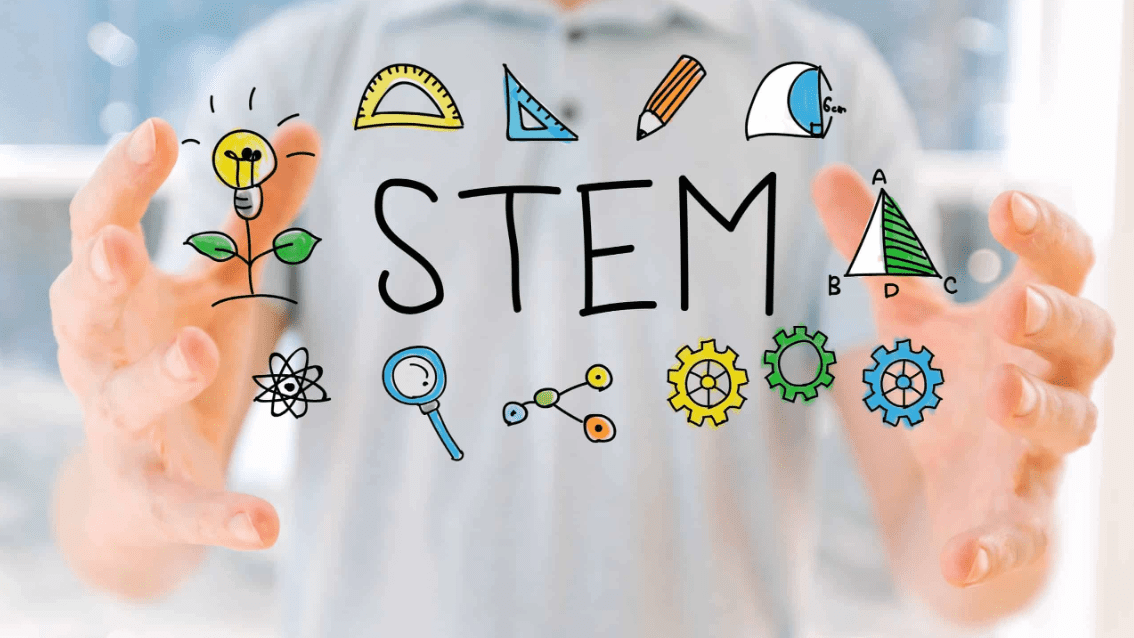STEM Education Unlocked – What Every Parent Needs to Know Today
Why STEM Education is Important For Students?
In today’s fast-changing world, parents everywhere are beginning to ask a vital question: Is my child ready for the future?
Preparing children for success in the 21st century goes beyond traditional subjects and exams. It requires a deeper foundation in Science, Technology, Engineering, and Mathematics collectively known as STEM. But STEM education isn’t just about technical knowledge. It’s about nurturing curiosity, critical thinking, and problem-solving abilities from a young age.
Let’s explore why STEM education is not only important but essential for every student today and how parents can play a key role in unlocking its benefits.

What STEM Education Really Means?
STEM is not just a cluster of academic subjects. It’s a holistic approach to learning that encourages students to ask questions, think creatively, investigate real-world problems, and build logical solutions.
STEM education fosters:
-
A mindset of exploration and innovation.
-
The ability to connect learning with real-life applications.
-
Collaboration across disciplines, combining science with art, or engineering with storytelling.
This means children are not just memorizing information they’re learning how to think.
The Limitations of Traditional Education
Conventional education often focuses on textbook knowledge and standardized tests. While these have their place, they rarely prepare students for the uncertain and dynamic world they will face as adults.
STEM education, by contrast:
-
Encourages curiosity and discovery.
-
Emphasizes understanding concepts through hands-on experiences.
-
Develops life skills like adaptability, resilience, and collaboration.
Today’s children need to be innovators, not imitators. STEM provides the mindset and tools to make that shift.
Early STEM Exposure Builds a Strong Foundation

Research shows that a child’s interest in science, math, and problem-solving peaks in the early years. This is the ideal time to introduce STEM in simple, meaningful ways.
Whether it’s:
-
Mixing colors to learn about reactions
-
Observing insects in the garden
-
Building a bridge from blocks
-
Coding a simple animation
These experiences light up young minds. Early exposure helps children grow more confident in tackling complex ideas later in life.
And parents don’t need to be experts to start. All it takes is a willingness to explore alongside your child.
Preparing for Jobs That Don’t Exist Yet
According to the World Economic Forum, more than 65% of children entering primary school today will work in jobs that currently don’t exist.
Many of these future careers will demand skills like:
-
Logical thinking.
-
Data interpretation.
-
Coding and automation.
-
Environmental science.
-
Digital creativity.
Whether your child wants to become a doctor, designer, or entrepreneur, STEM will be central to their journey. It’s no longer just for engineers or scientists it’s for every learner who wants to thrive in a changing world.
STEM Develops Grit and Confidence

One of the most valuable aspects of STEM education is how it changes a student’s attitude toward failure.
In a typical STEM activity, students may:
-
Build something that doesn’t work.
-
Conduct an experiment with unexpected results.
-
Write code that keeps producing errors.
Instead of feeling defeated, they learn to iterate, improve, and persist. STEM builds resilience the belief that effort leads to improvement. This mindset not only boosts academic performance but also helps children handle challenges in everyday life.
STEM Learning Happens Everywhere – Even at Home
STEM isn’t limited to schools or labs. It’s happening around us, every day.
-
Cooking involves measurement, time, and temperature (Math and Science).
-
Gardening teaches biology, observation, and environmental care.
-
Fixing a toy builds understanding of mechanics and tools.
-
Using technology teaches problem-solving and digital literacy.
Parents can encourage STEM learning simply by involving children in real-world tasks and asking open-ended questions like, “What do you think will happen if we do this?” or “Why do you think that works?”
The Role of Parents in STEM Education
You don’t need a science degree to support your child’s STEM journey. Start by:
-
Valuing questions more than answers.
-
Encouraging your child to experiment, explore, and build.
-
Providing access to STEM toys, kits, and books.
-
Watching documentaries or trying DIY science activities together.
-
Visiting science museums or nature parks as a family.
Your interest and enthusiasm will have a greater impact than any textbook ever could.
Breaking Myths Around STEM

Myth: STEM is only for “smart” students.
Truth: STEM is for all learners. It’s about building skills, not showing off scores.
Myth: STEM means only coding or robotics.
Truth: STEM includes nature, biology, construction, design, and even storytelling.
Myth: STEM is expensive.
Truth: Many free online tools, low-cost kits, and household items can be used to create meaningful STEM experiences.
Every child can be a STEM learner when given the right encouragement.
The Tinker Glow Learning Approach
At Tinker Glow Learning Nest, we believe STEM is more than education it’s a mindset. Our programs combine hands-on learning, curiosity-based challenges, and real-world connections to help children become confident learners.
With bilingual support in both English and Tamil, our sessions are designed to:
-
Make STEM accessible and engaging.
-
Help parents be active participants in their child’s learning.
-
Encourage creative thinking and collaboration..
We invite you to discover how STEM can transform not just your child’s education, but your entire family’s approach to learning.
Conclusion: The Future Starts with a Single Question

STEM education is not a luxury or a trend. It is the foundation for raising learners who can question, create, and lead.
As a parent, you have the power to open the doors of discovery for your child. Whether it’s exploring how a fan works, building a simple circuit, or observing the moon every experience adds to their understanding of the world.
So the next time your child asks, “Why does this happen?” pause, explore together, and know you’re building a future-ready mind.
Also Read Here : How to Build a Strong Bond with Your Elementary Child?

